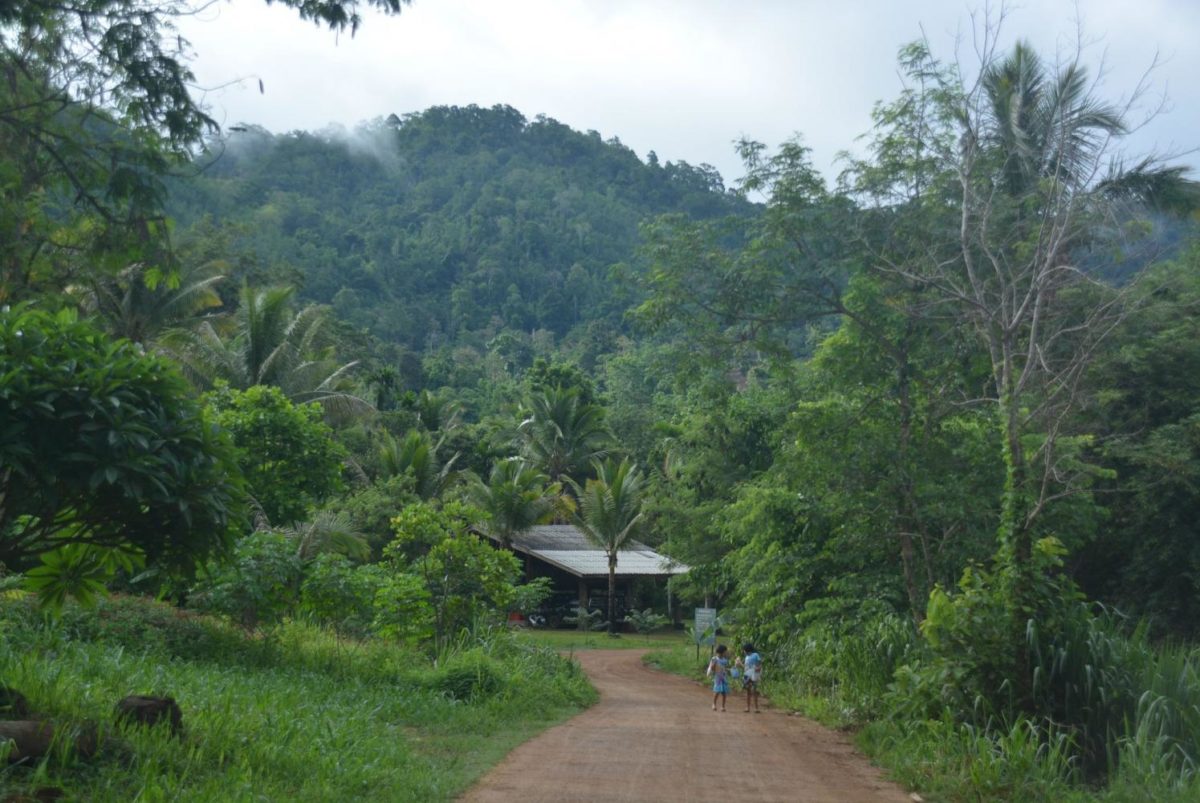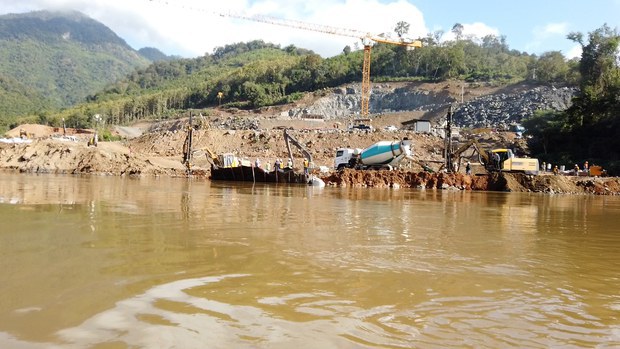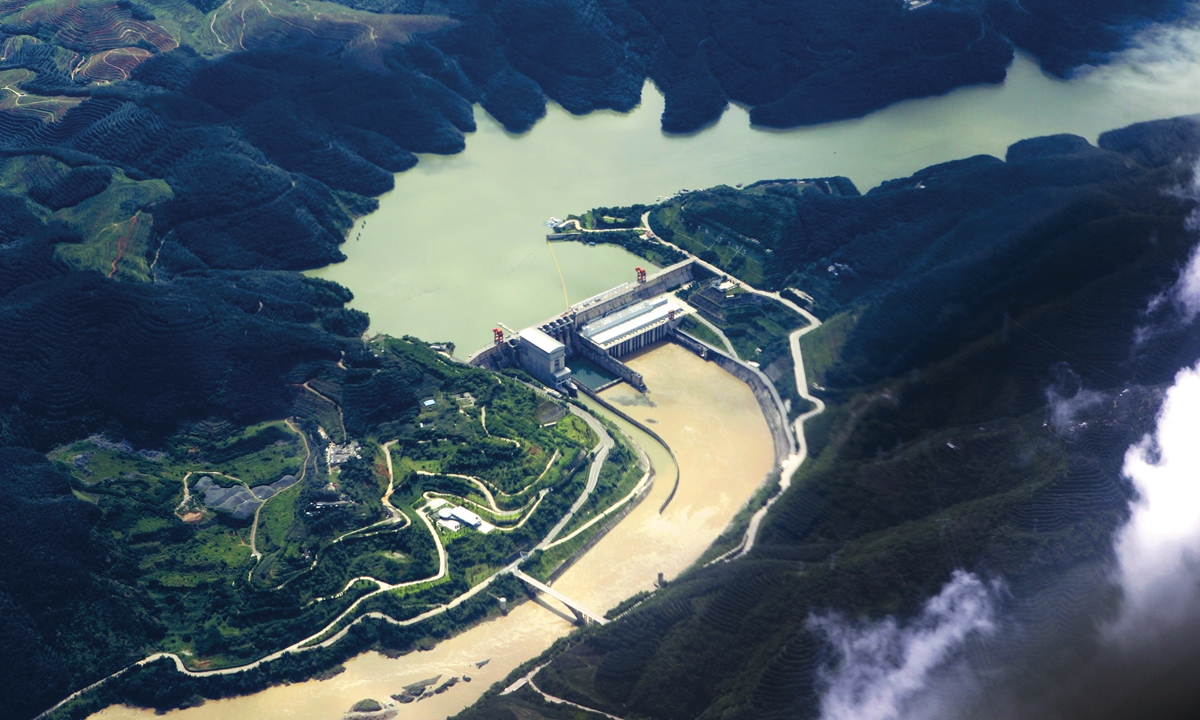Pollution in Klity Creek in the deep forest of Kanchanaburi province has been a health and environmental threat for villagers who relied for water consumption for decades. Three years ago, authorities launched a cleanup — the first state-supervised environmental cleanup in Thailand. This series aims to explore how it is going. (Part 2)
Like all native Karen villagers in Lower Klity Village, Chalalai Nasuansuwan, 32, admitted she has become disillusioned with the cleanup of Klity Creek. She said the cleanup which started three years ago and ended last year has yet to remove many toxic sediments from the river.
Ms Chalalai is co-founder of “Lower Klity Dee Jang” — a civic group that is now monitoring the outcome of 460-million-baht project funded by the Pollution Control Department (PCD).
Lower Klity Village is located by the creek in the deep forest of Kanchanaburi’s Thong Pha Phum district.
A lead processing plant operated by Lead Concentrates opened upstream of Klity creek in 1967.
The factory was ordered shut down in 1998 after toxic pollution in Klity Creek was exposed.
Despite this, the first phase of the cleanup only started in 2017 and authorities are looking for a company to embark on the second phase of the work, likely to start this year.
Ms Chalalai said the villagers were exasperated with the cleanup outcome as some sediments remain in the riverbed and research from academics shows the river remains too toxic for people to use.
Yet, in reality, villagers especially still use the water as the creek is a natural and highly accessible water resource in this forest community.
“I’m the second generation on this fight, following in my father’s footsteps who was deeply involved with it. I don’t want the third generation to carry this burden any more,” said Ms Chalalai, who travels from Chiang Mai to the forest in Kanchanaburi regularly to work on the monitoring campaign.
Historic cleanup scheme
In 2017, the PCD hired a local waste management company, Better World Green (BWG) for 460 million baht to remove thousands of tonnes of lead sediment from a 12km stretch of the creek within 1,000 days.
That was in response to the Administrative Court’s order in 2013, that ordered the the state to launch the cleanup, after the lead polluting company had declared bankruptcy.
The plan is to clear lead contaminated sediment from the creek, building lead-contaminated sediment storage and clearing all lead tailings from the lead-processing plant.
Cleaning up the creek is vital as water from Klity Creek also runs downstream to the Kwai Yai and Mae Klong rivers, major water sources for Kanchanaburi and Bangkok.
The department’s standard for lead contamination in sediment is 35.8mg per kilogrammes on normal land. The highest level of lead in the creek exceeds 20,000mg/kg.
According to the rehabilitation scheme, about 45,000 tonnes of contaminated sediment which has fallen in an 8km stretch of the creek will be pulled out and put in geotextile bags.
Yet villagers are still upset with the cleanup work.
In April last year, they went to the court, asking for an injunction to stop the cleanup work. The move came after pollution monitoring conducted by independent experts in a tripartite committee set up by PCD to monitor the cleanup.
The independent experts came from Naresuan University. Thanapol Penrat, a lecturer from the university and member of the team told the media that some processes were not in line with the action plan and did not meet standards of good practice. He said the suction of lead sediments resulted in some sediments being re-suspended and some water drained from the creek scooped up sediment and returned it to the creek.
In November 2020, the team tested water in the creek and found more than 7,000mg/kg of lead — or 12 times higher than the safe level set by the United States’ Centers for Disease Control and Prevention. The cleanup scheme expired last year, and the PCD will call bids to find a cleanup company for the second phase that will cost 250 million baht to be funded by taxpayers.
Sceptical about the PCD-funded cleanup programme, villagers formed the “Lower Klity Dee Jang” civic group to help them monitor pollution in Klity Creek. Ms Chalalai said the group had raised money to buy particle sensors and water quality testing kits. They also drew up a risk-assessment map to present the location of sediment that has been removed from the river by the clean-up company and households that need to farm and consume water and plants.
Public gets a say?
Villagers say the Klity Creek cleanup failed to involve local people — a claim the authority sternly denied.
“It is unfair to say the cleanup scheme did not take public participation into consideration. Indeed, we’ve involved the local community every step of the way,” said Somchai Songprakob, the PCD deputy director-general and the project’s leader. “It does not mean that when sediment is being removed from the river, toxic lead content will disappear,” he said.
Mr Somchai said that after the cleanup, systematic health monitoring would be needed to study levels of toxicity in the environment and in villagers’ bodies. “After all, the geography of this area is for mining,” he said, implying the area is full of minerals.
The tripartite committee was set up for stakeholders to meet every month. Members comprised government agencies, the local community, and expert advisers to monitor the project’s progress, he said.
For villagers, the problem is the lopsided make-up of the committee. Only four of the committee’s 21 members are villagers, another four independent academics while 13 come from the PCD, local officials. As a result, the PCD and local officials dominate the discussion, leaving little room for villagers to voice their concerns.
Kamthon Srisuwanmala, a villager and committee member, said the panel was undermined by a communication breakdown.
“When the villagers have suggestions [about the creek restoration project], our opinions are ignored. [They said] we don’t speak based on academic principles because we are just local peasants,” Mr Kamthon said.
This story was produced with the support of the Internews Earth Journalism Network and Thai Society of Environmental Journalists and Green News. It was also published by the Bangkok Post.





